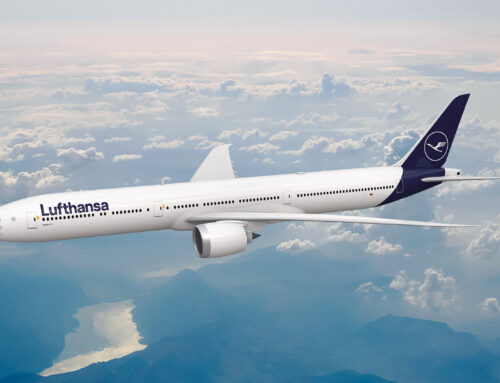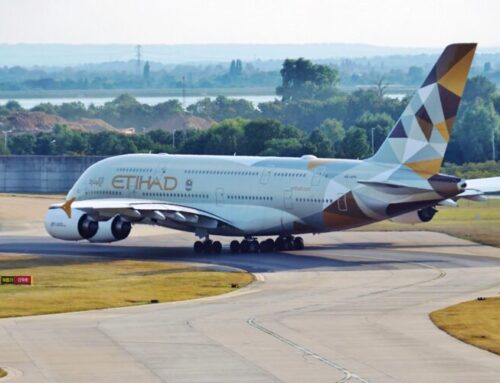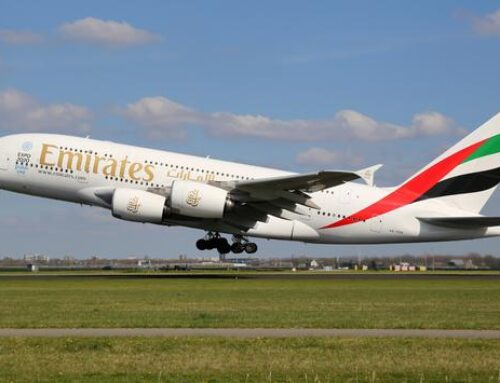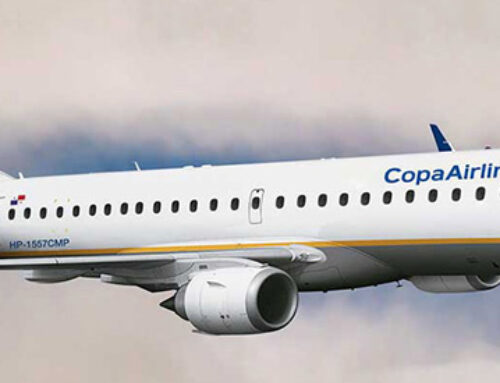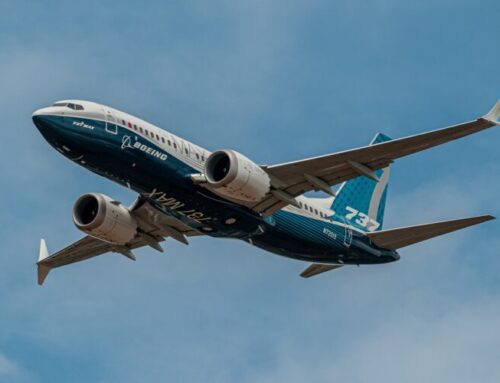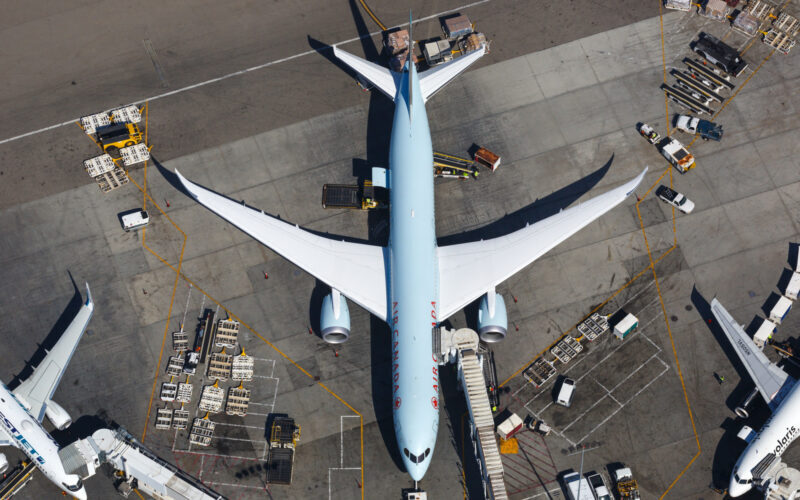
The aviation world has been buzzing about two iconic widebodies this century: the Boeing 787 and Airbus A350. These cutting-edge aircraft showcase the pinnacle of innovation from their respective manufacturers. But which of the two leads the pack?
While not originally designed as direct competitors, the 787 and A350 have invariably been pitted against each other. The Boeing 787 was envisioned for point-to-point long-haul journeys, offering a blend of range and medium capacity. Conversely, the Airbus A350 was tailored as a more spacious aircraft, ready to challenge other twin-engine giants.
Our comparison will focus on key airline metrics, including capacity, range, fuel efficiency, and cost. We’ll primarily concentrate on their latest versions, the 787-10 and A350-1000. Although some argue the A350-1000 finds a more fitting rival in the yet-to-be-launched Boeing 777X, the latter’s impending debut makes such a comparison premature.
The Showdown: A350 vs. 787-10
Seating: The A350, boasting a wider and longer fuselage, can accommodate more passengers in a dual-class setup. Yet, airline-specific layouts can bridge these differences.
- Fuel Capacity: The A350 has a leg up with larger tanks, enhancing its range.
- Cargo Capacity: Despite its larger size, the A350’s cargo space mirrors that of the 787.
- Range: The A350-1000’s range eclipses that of the 787-10, making it a clear victor in this category.
- Take-off: Surprisingly, the more substantial A350 requires a shorter runway for takeoff.
On the pricing front, the Boeing 787-10, priced at $338.4 million, offers a cost advantage over the A350-1000, which comes in at $355.7 million. Nevertheless, airlines often negotiate significant discounts, influenced by order volumes and delivery timelines.
Fleet commonality is another consideration. The A350 shares cockpit and type rating features with the A330, making transitions smoother for airlines already operating the latter.
Model Comparisons
| Model | Range (miles) | Range (km) | Passenger Capacity (2-class) |
|---|---|---|---|
| A350-900 | 9,700 | 15,600 | 366-369 |
| A350-900ULR | 11,160 | 17,960 | 161-253 |
| A350-1000 | 9,700 | 15,600 | 369-410 |
| 787-8 | 8,500 | 13,700 | 242-359 |
| 787-9 | 8,500/9,300 | 13,700/15,000 | 290-420 |
| 787-10 | 6,430/7,635 | 10,400/12,300 | 330-440 |
Note: Range may vary based on engine type.
Market Reception
The broader market has warmly received both the A350 and 787 programs, with sales figures standing testament. While the 787-10 has secured orders for 182 units, the A350-1000 trails slightly with 140.
Collectively, however, both programs have made impressive strides: 1,600 orders for the 787 (all versions) and 925 for the A350 (all versions).
The more extended market presence of the 787 gives it a slight edge, as airlines replace older fleets. The 787’s versatility ensures its continued dominance in global fleets.
The Final Verdict
The choice boils down to airline needs and budgets. The A350-1000 is the go-to for long-haul, high-capacity routes. In contrast, the 787-10’s economy shines on shorter journeys.
Major airlines have distinct strategies. Qatar Airways deploys its A350-1000s on high-demand long-haul routes, while United Airlines finds varied uses for its 787-10s, from domestic to European sectors.
Given the similarities between the A350-1000 and the 777–300, potential buyers often face a dilemma. Airbus’ initial focus on the -900 variant may have deterred some. Yet, as the A350-1000 garners more attention, its orders are expected to surge.
Sources: AirGuide Business airguide.info, bing.com, aviationweek.com

